Welcome to thoughtful, organic beauty
Hello Joyous is an organic, plant-based, sustainable beauty brand here to bring more joy to your day.
I hope you found my last post informative on the foods to steer clear of if you struggle with rosacea. It’s important to note that, for everyone, there are different foods that cause their rosacea to flare up. For me, I find gluten, dairy, alcohol, and high histamine foods are the biggest culprits for my rosacea, but you might find other foods are triggers for you.
I have written extensively about rosacea here on Joyous Health so be sure to check out all my other posts here.
Just like I mentioned before, there’s no cure for rosacea, just like there’s no cure for eczema. But, taking little steps to reduce inflammation in your body will make a difference in your skin health and overall well-being.
I know for sure that if I didn’t have healthy habits in place, my rosacea would be far worse. In this today's post, I’m going to share with you the best foods to include in your diet to help manage your rosacea. There are so many beautifully nourishing ingredients and foods that you’ll want to be eating if you struggle with rosacea!
Please note: If your rosacea is triggered by high histamine foods then some of these foods may not be best for you. We are all unique and so too are our trigger.
What to Eat If You Have Rosacea
Healthy Fats
Foods high in healthy fats, specifically omega-3 essential fatty acids, can all help reduce systemic inflammation within the gut. These are also important for helping with stress management and proper hormone production.
Some of my favourite sources of healthy fats , especially omega-3s, are salmon, mackerel, flaxseed, chia seeds, hemp hearts, and walnuts.
Baked Salmon with Kale Lemon Pesto
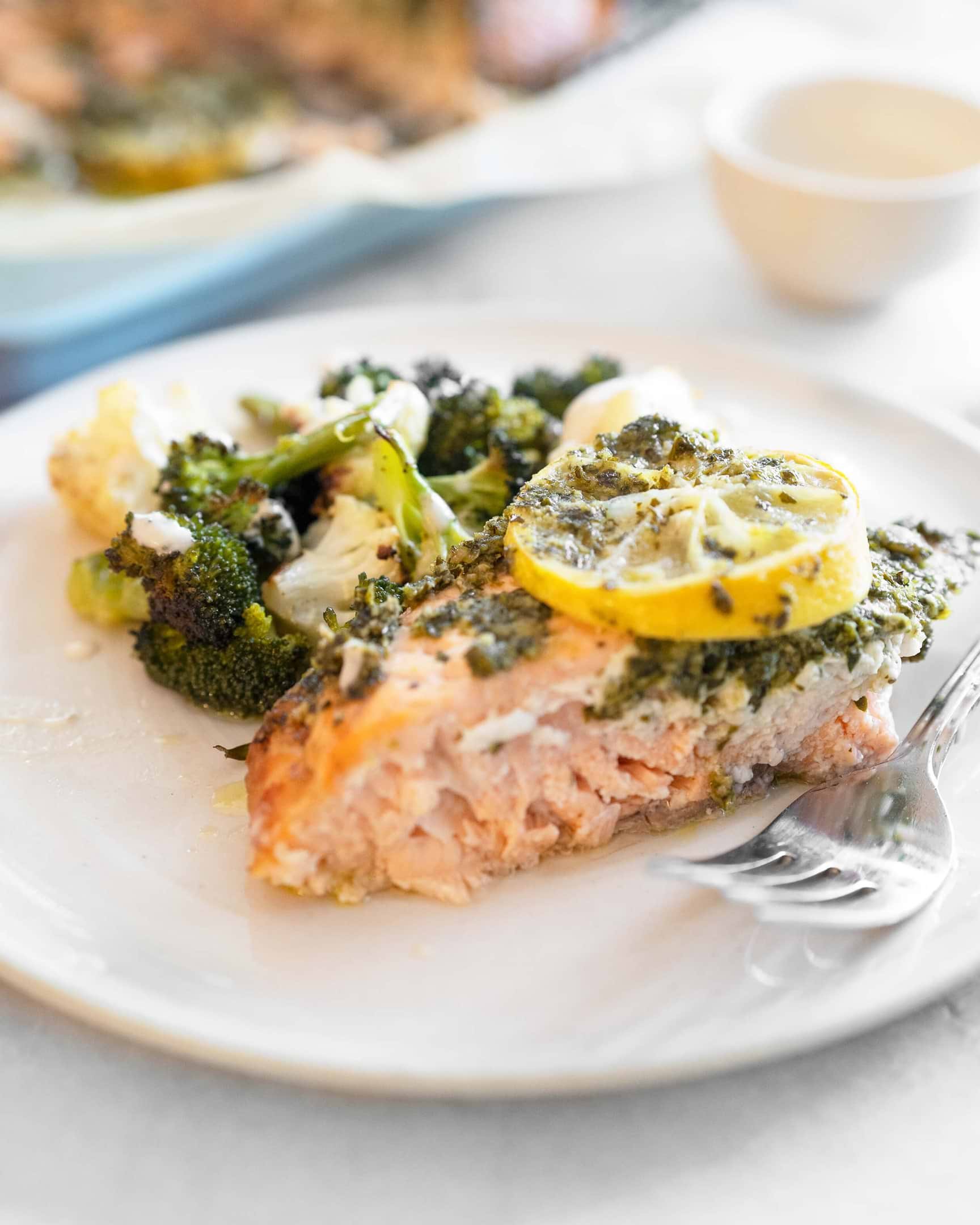
Blueberry Flax Oat Bran Muffins

The Best Paleo Vegan Meatballs
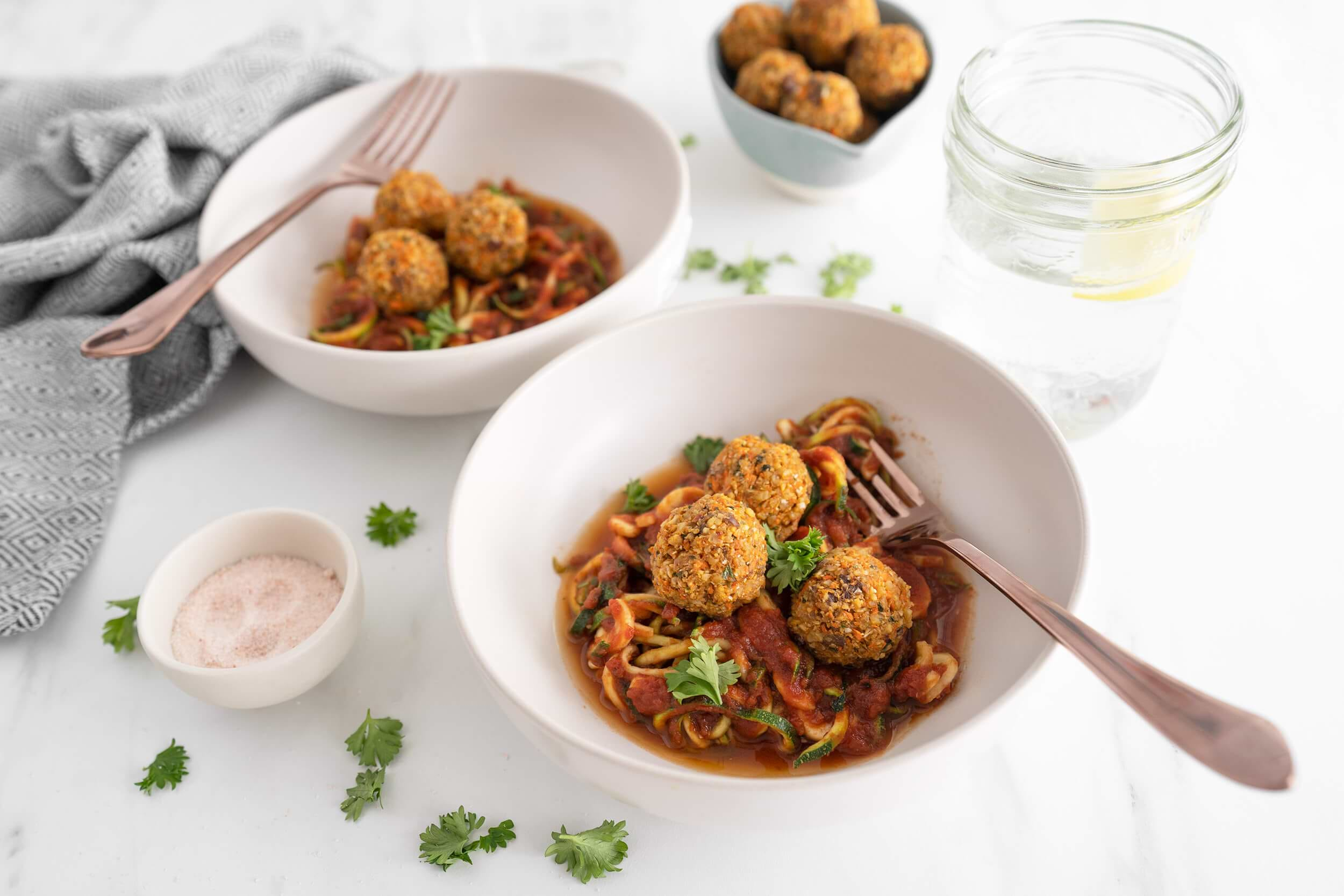
Turmeric
Turmeric has many known benefits. It stimulates phase 2 liver detox pathways, it thins out bile which further supports detoxification, and it’s rich in antioxidants. Turmeric’s biggest claim to fame is how anti-inflammatory it is thanks to curcumin.
Research shows that turmeric’s properties are capable of calming the inflammatory manifestations of rosacea.
Super Easy Turmeric Ginger Tea

Nourishing Turmeric Golden Soup
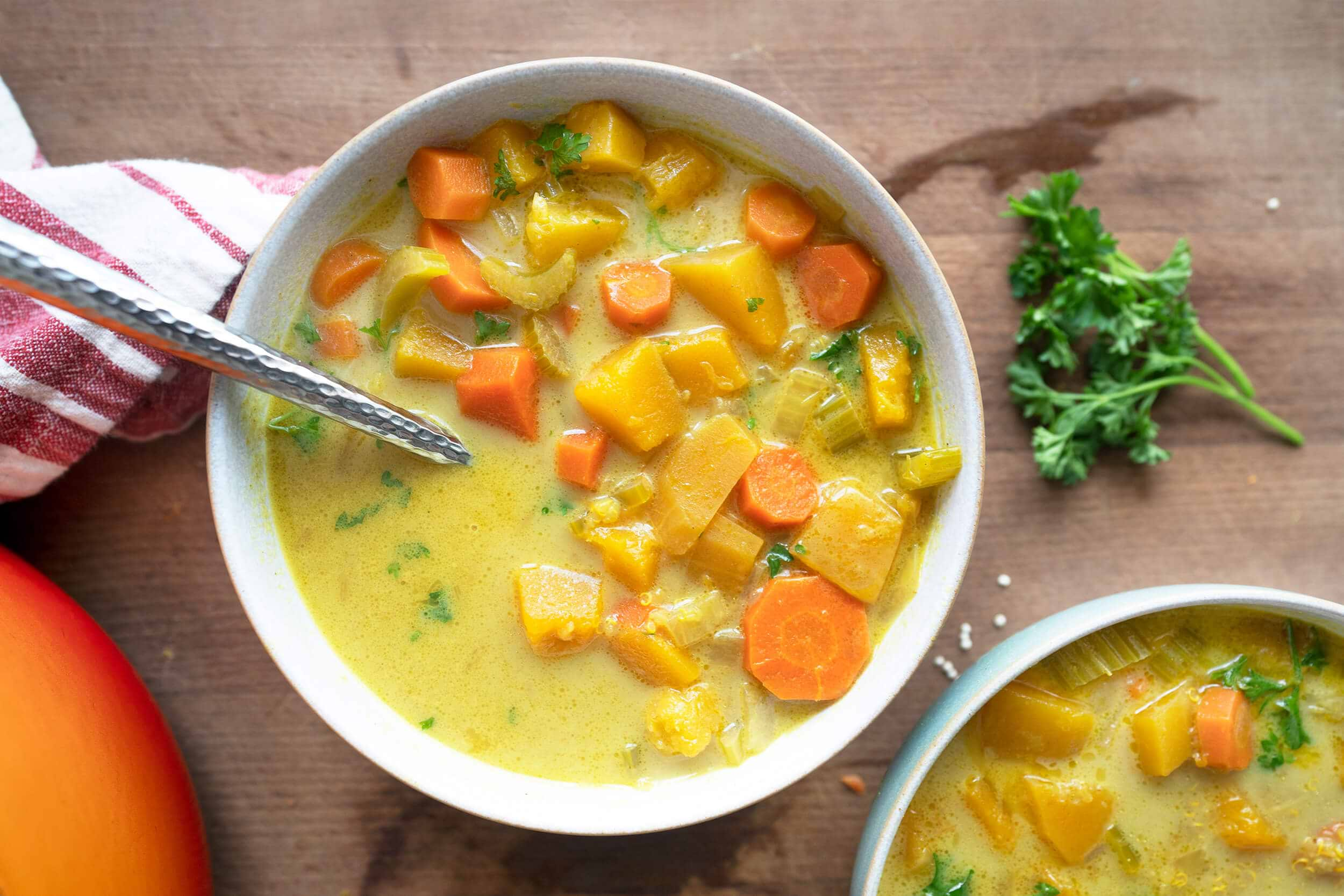
Leafy Greens
Leafy greens like kale, arugula, spinach, and bok choy contain anti-inflammatory compounds and antioxidants to lower oxidative stress and protect against sun damage. They are also rich in vitamins and minerals that help rebuild healthy skin cells. Leafy greens are especially beneficial since they provide carotenoids that fight damage from sun exposure.
Whenever you can choose organic fruits and veggies to reduce your exposure to toxins and chemicals that can trigger skin reactions.
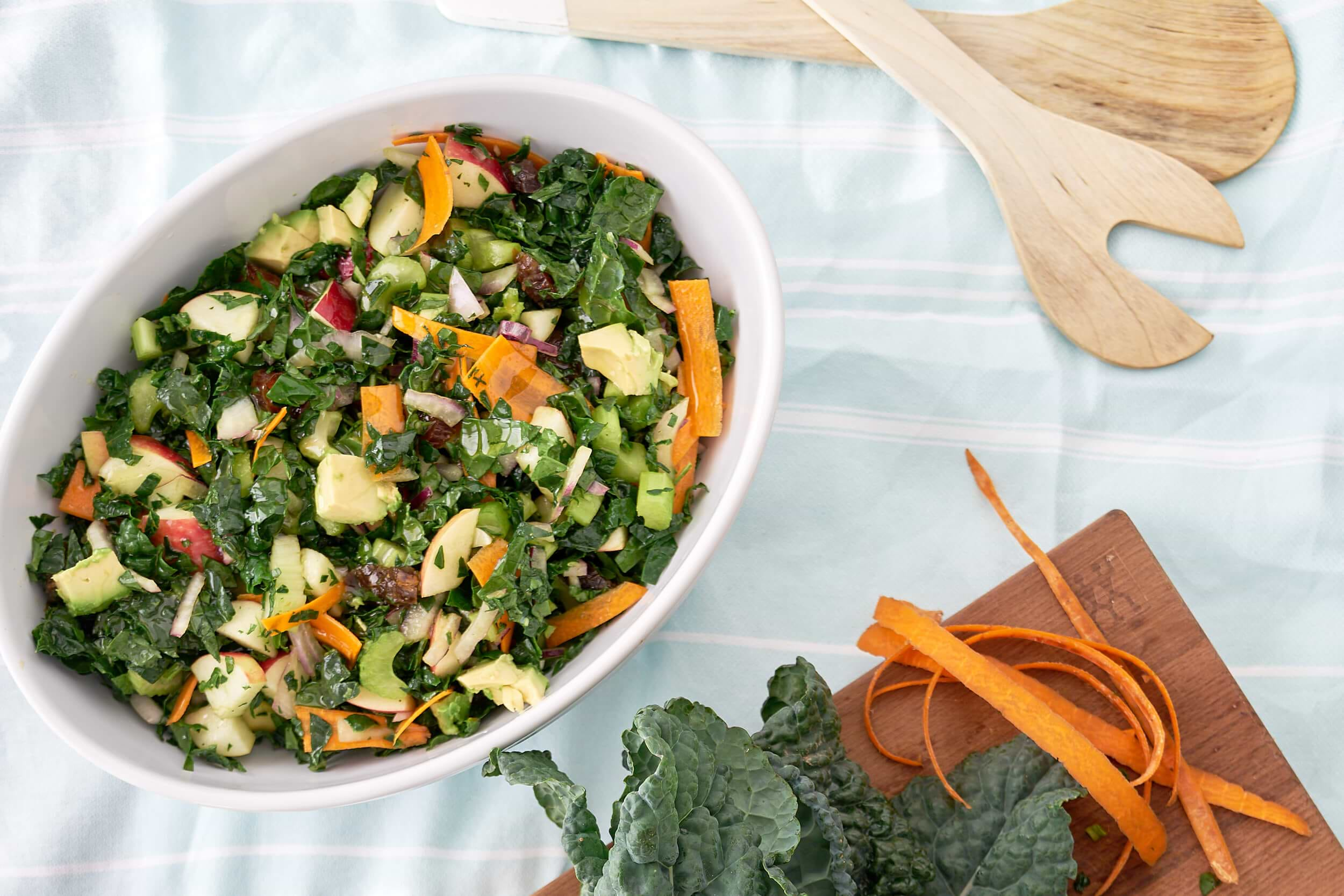

Cruciferous Vegetables
Cruciferous Vegetables include kale, cabbage, brussel sprouts, cauliflower, and broccoli. This family of vegetables is rich in phytonutrients like glucosinolates, lycopene, resveratrol, and carotenoids. These phytonutrients are anti-inflammatory and potent antioxidants that protect the skin against sun damage and help with cell turnover, assisting in building healthy skin. Cruciferous veggies are also rich in liver-loving compounds, such as indole-3-carbinol, which support detoxification.
Broccoli and Cranberry Salad with Creamy Dill Dressing
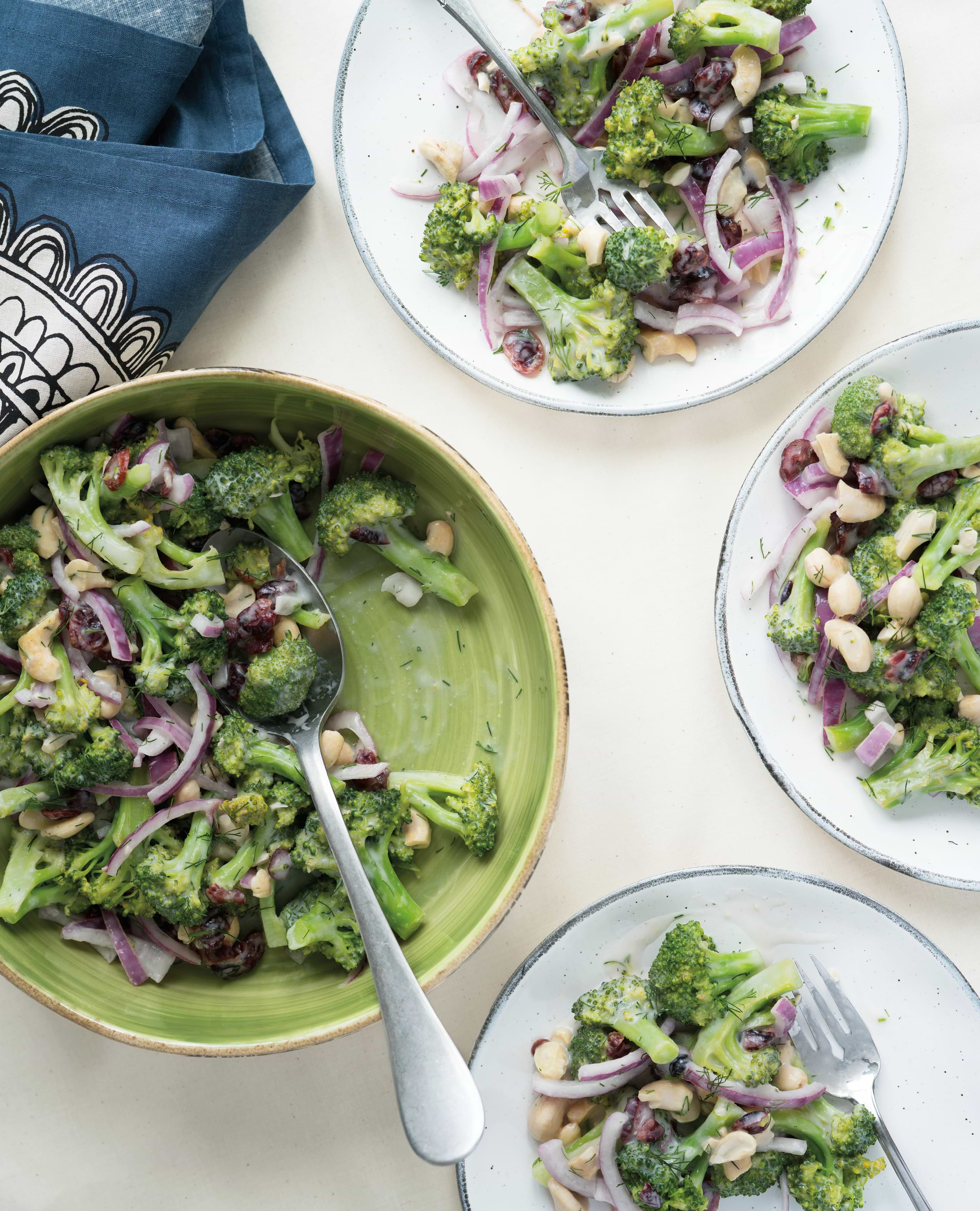
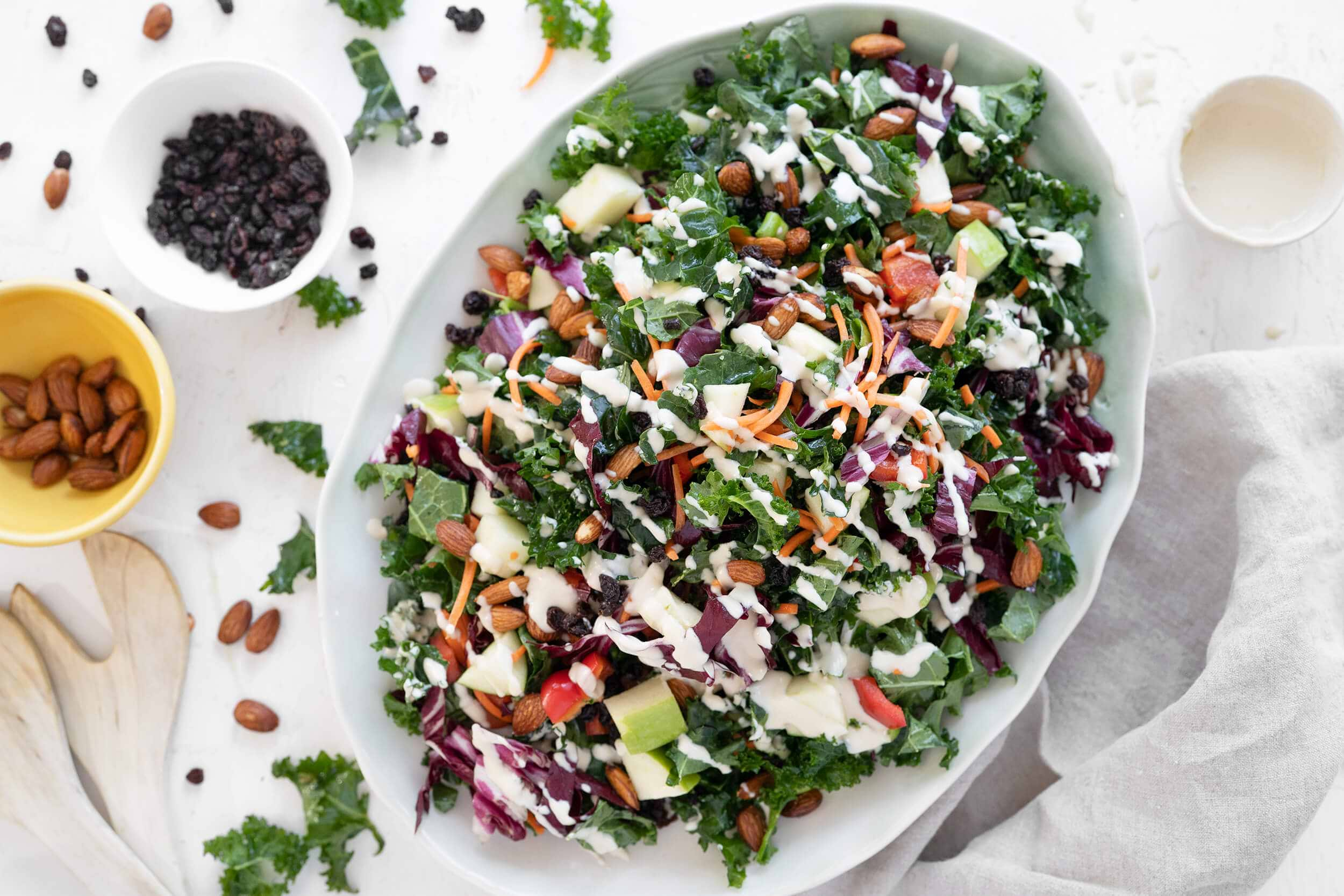
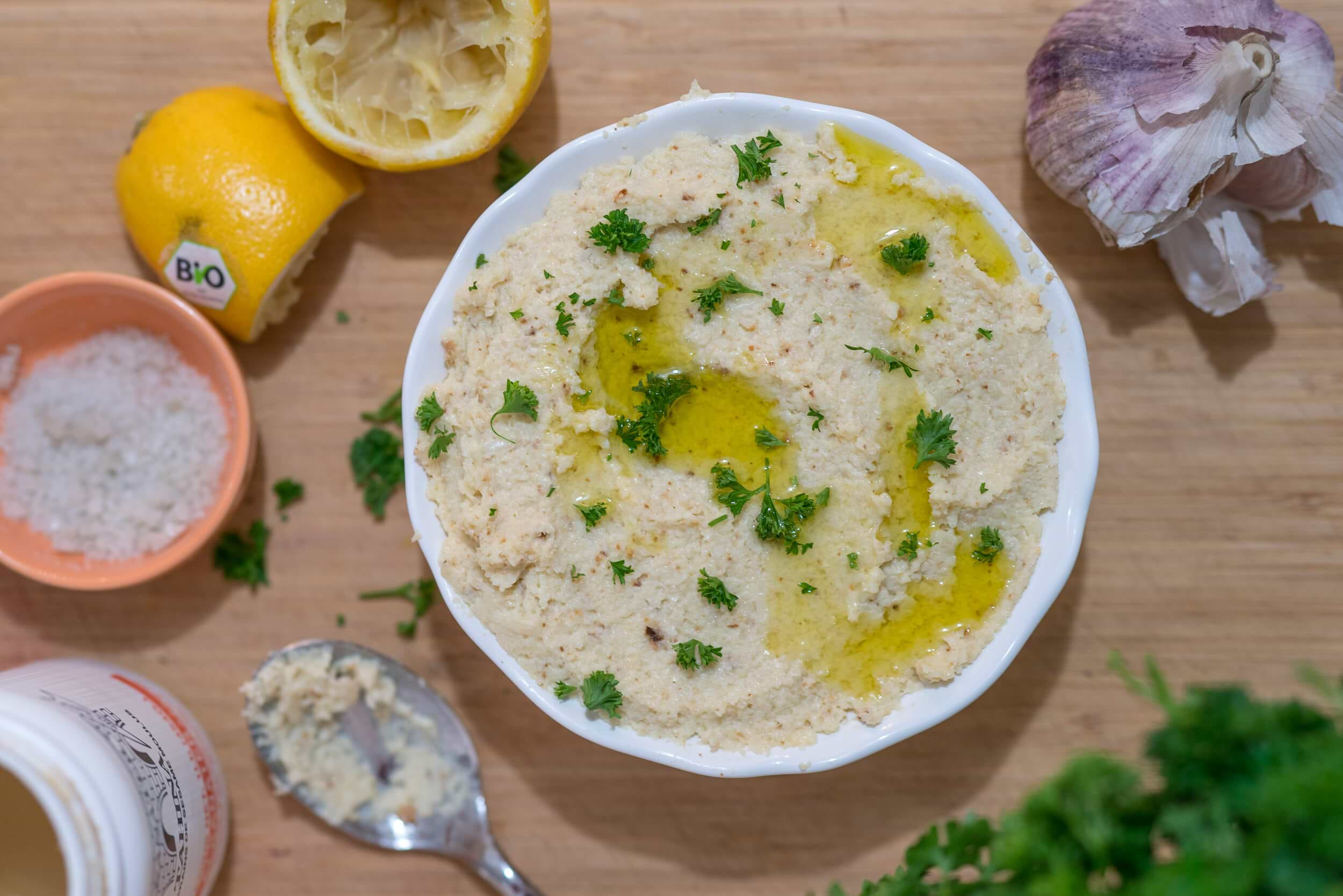
Green Tea
Green tea, which is the base of our new skin-loving Radiance Tea contains polyphenols, which act as antioxidants in the body. A specific polyphenol in green tea called epigallocatechin gallate has been shown to rejuvenate old skin cells to start reproducing again, keeping the skin younger looking and fight against inflammation .
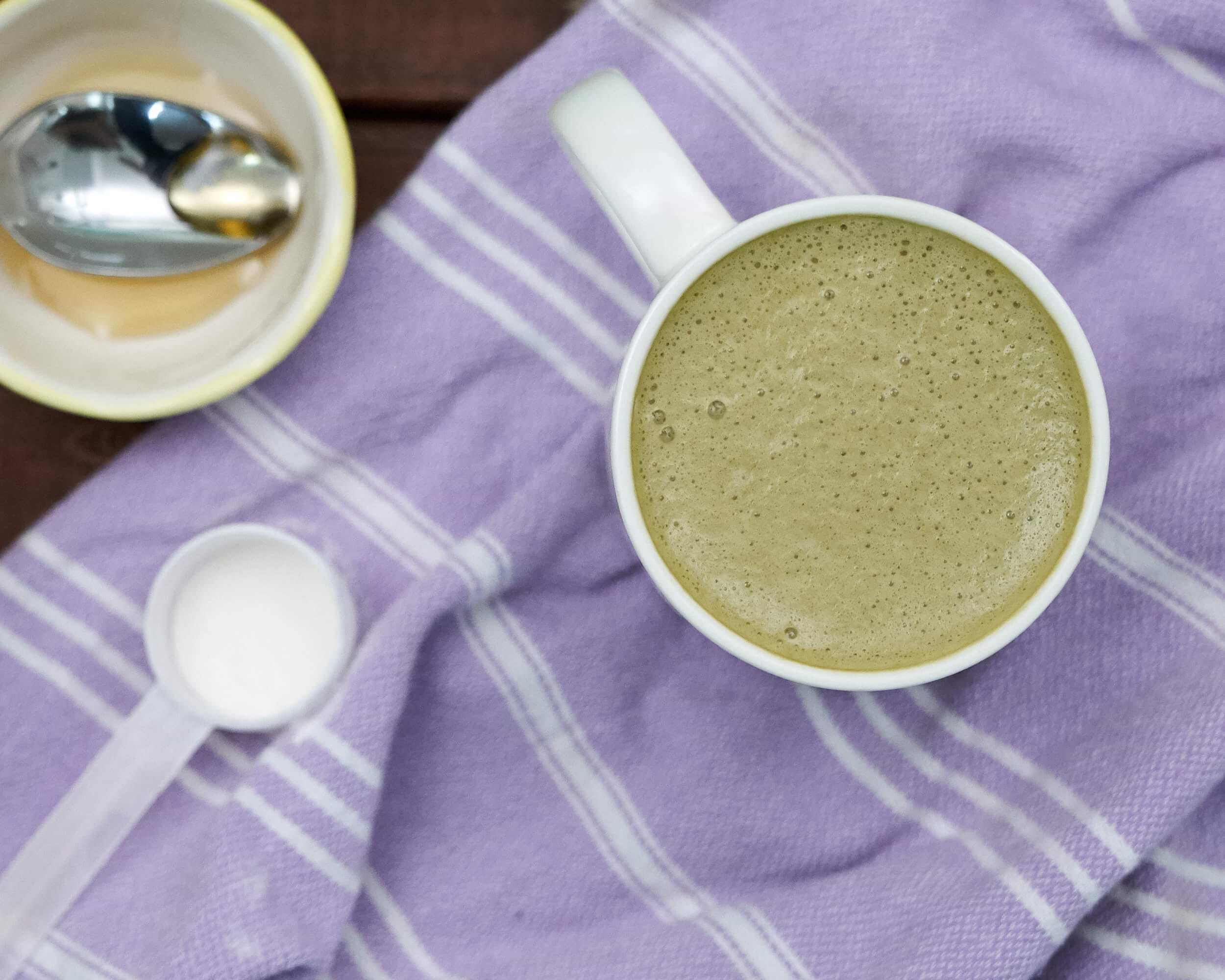
Prebiotic Rich Foods
There’s a large connection between skin disorders — including rosacea, acne, dermatitis and psoriasis — and inflammatory gastrointestinal tract disorders and bacterial overgrowth, which can lead to flare-ups.
To support a healthy microbiome, prebiotic foods are essential in managing rosacea. Prebiotics are the foods that feed probiotics, the good bacteria in our microbiome. Prebiotic-rich foods include:
Onions
Garlic
Bananas
Artichokes
Asparagus
Whole Grains
Beans
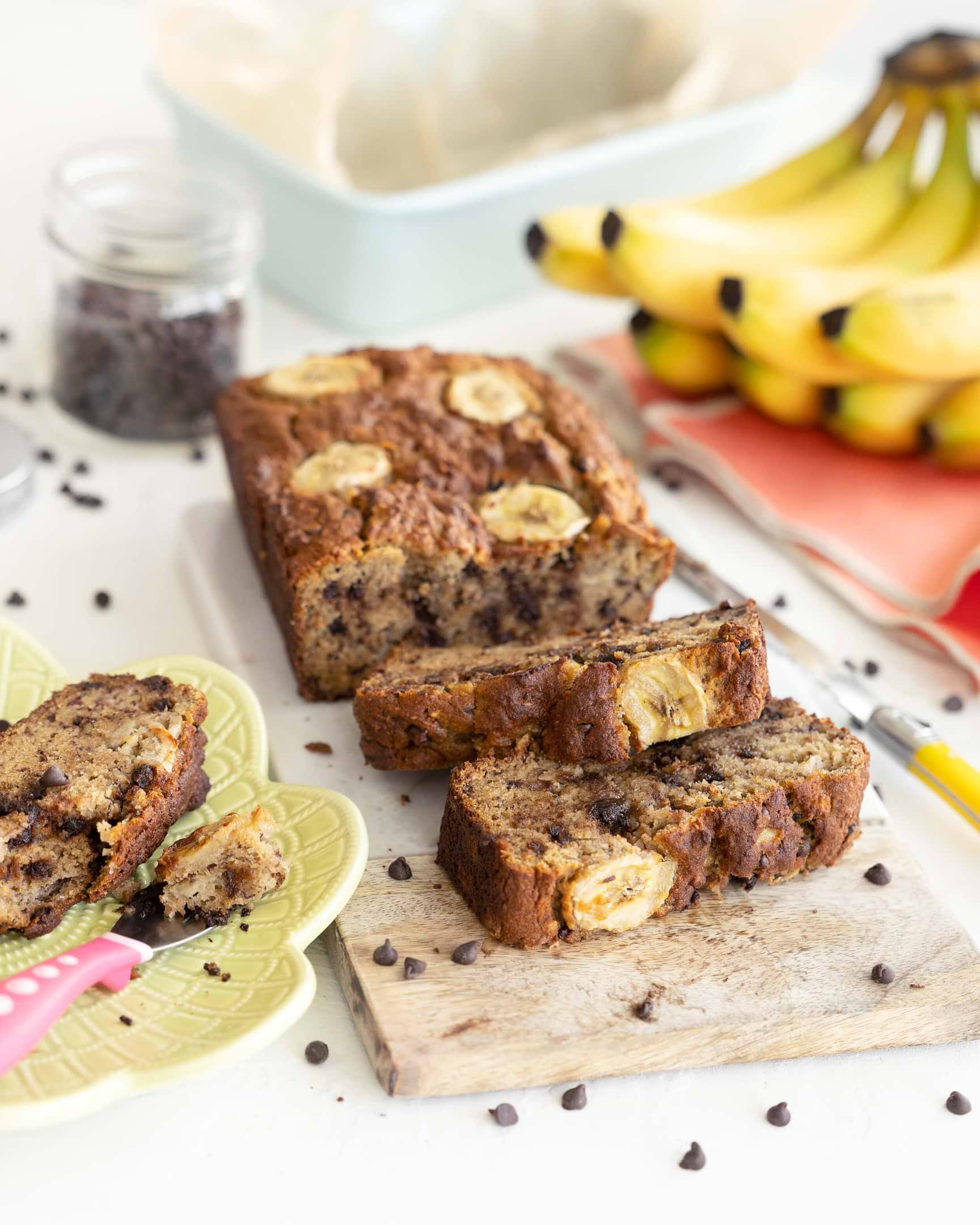
Roasted Lemon Asparagus with Pecans

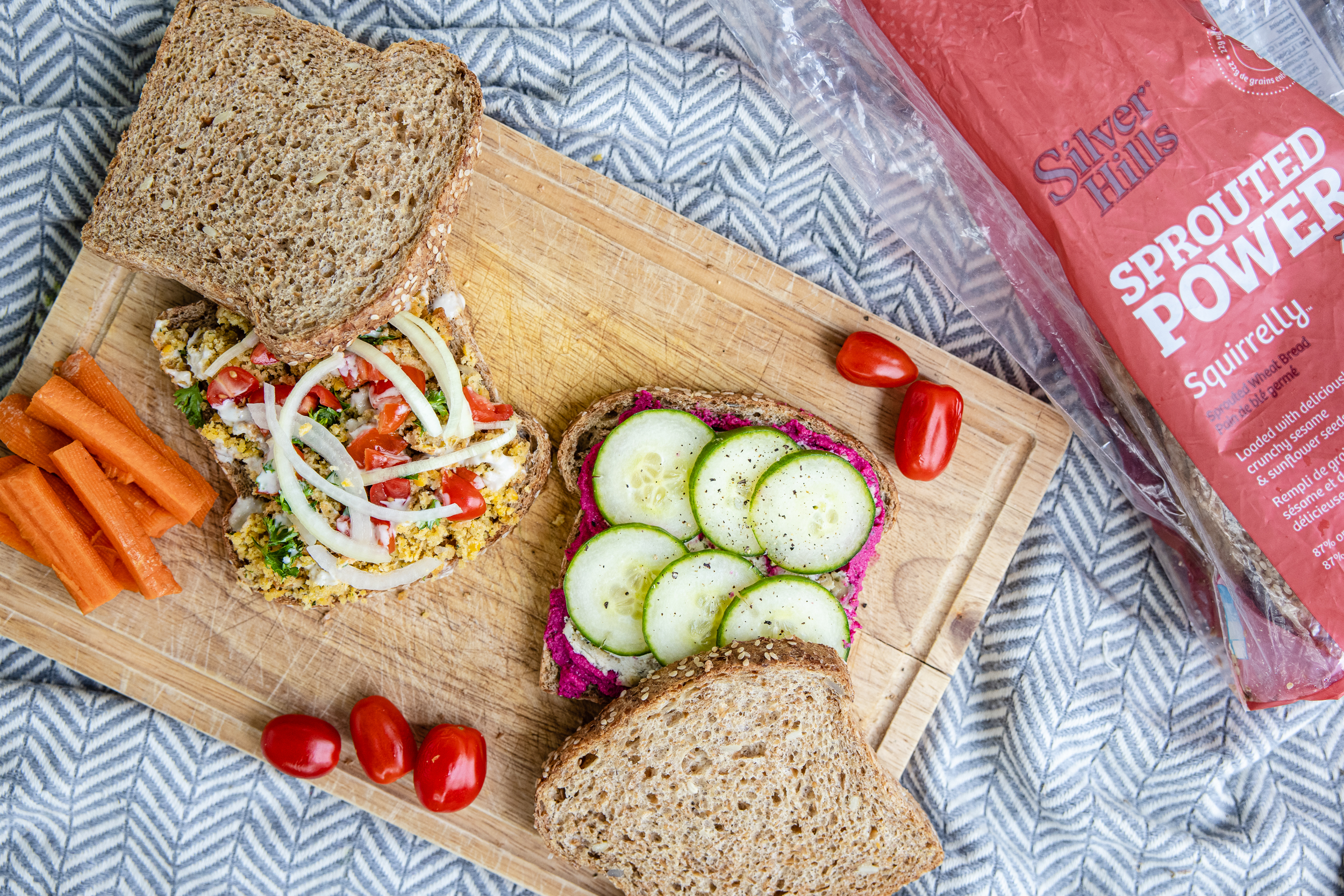
I hope this list has given you lots of inspiration to fill your fridge and pantry with skin-soothing and nourishing foods. Remember it's about your diet as a whole. If you have a glass of wine or enjoy a piece of chocolate cake, it is not the end of the world and don’t beat yourself up for it! Just like all things in life, it’s about small steps and progress, not perfection.
I will be back to share supplements to consider and of course lifestyle factors that play a huge role in rosacea flare-up from emotional stress to poor sleep habits. Before I finish up this series on rosacea I will also talk about my favourite facial products, the red light therapy and facial acupuncture I've been doing for the last five weeks and it's really helped to calm things down.
I hope this information helps you,
xo Joy
YOU are so informative ... and I enjoy your blog very much, thank you for your willingness to share what you are learning. Jayne
ReplyThank you so much Jayne, appreciate it!
Thanks for writing about rosaces, it certainly has been a lonely road for me given that were I come from no one considers it as a problem. I read the article about foods to avoid and you mention walnuts, bananas and spinach yet here you recommend them..
ReplyHi there, if you have sensitivity to high-histamine foods then I would avoid those. If you do not, and you have rosacea, then you are fine to eat them as they (especially walnuts) have many other beneficial compounds. There are many foods that can be both good or bad depending on your own unique biochemistry and constitution. I would recommend removing all high histamine foods for 2 weeks and then reintroducing them to see if you have a reaction - that's an easy way to identify it. Hope that helps!
Hi! You mentioned whole grains as good prebiotic in your "best foods for rosacea". What kind of whole grains can we have with rosacea while not having gluten? Are oats allowed? Also, you gave your banana bread recipe in this section, but it contains eggs and bananas, which you mentionned to stay away from in your "foods to avoid with rosacea". Thank you!
ReplyOat and other gluten-free grains like quinoa are in a grey area because it really depends on how they are prepared (soaked or sprouted) and your own body's level of sensitivity. I personally took a break from all grains (gluten and gluten-free) and now that my rosacea is dormant, I am just cautious with not overdoing it. Regarding bananas and eggs, that's only within the high histamine foods section. If you are not sensitive to histamines (not everyone is) than you don't need to avoid these foods. When assessing your nutrition with rosacea, it's a bit of trial and error. Not everyone reacts to the same foods, so you have to test it out to see where your sensitivities are. For instance, some people can drink coffee with rosacea and have no reaction, whereas other people cannot drink any hot beverages period. Hope that helps!
Hi! In this article https://www.joyoushealth.com/27482-blog-rosacea-steer-clear-of-these-foods-for-calm-skin you say walnuts and spinach are full of histamine and should be avoided, but then they made it to the can eat list. I'm just wondering what would be the better way to go :) Thanks!
ReplyIt depends on your body's reaction to histamine. If you have histamine intolerance you should avoid them or limit them. If you do not have histamine intolerance than walnuts are an excellent healthy skin food to eat because of their plant-based omega-3 fatty acids.
I am so frustrated in finding a constant rosacea diet. Every article tells me to eat beans then same articles say to avoid them. Nuts and fish the same. Even these recipes have tomatoes and citrus. I realize everyone’s triggers are different but where do I start?! I feel like I would need to only eat organic oatmeal, blueberries and flax for a month because every other food will say is potentially a trigger.
ReplyThe thing is, every person is so unique and your food sensitivities may not be the same as someone else with rosacea. I know that doesn't help and yes it is indeed frustrating. I would focus first on eliminating all refined sugar, dairy and gluten, all processed foods, fried foods. If you've already done that, I would spend about a month on a low-histamine diet and see how your skin responds. If no change happens, you've ruled out histamine being an issue. Tomatoes and citrus can be triggers mainly because they are common allergens, but they may be just fine for you. If you're gluten-free already and you want to try going grain-free I would recommend that after trying low-histamine. Grains tend to throw off my digestion in excess ie. oats, rice, quinoa - even though they are all gluten-free. For me personally, my skin is best on a paleo-based diet, but I am not 100% with it now because my skin has healed. It is so individual. Also remember that diet is only one piece of the puzzle. Do you follow me on TikTok (@joyoushealth) I have a playlist devoted to rosacea and your question inspired me to make a video.
I will definitely check out your TikTok!
Thanks so much for your feedback. I worry that it is an issue with citrus because I was drinking a lot lemon water and tea. I was also enjoying a cinnamon tea and realized there is also cinnamon in my granola along with walnuts and pecans. I eat lots of salmon and chicken. Hummus and saltines are my favorite meal :( I’m afraid I need to totally change what I eat and drink.
ReplyI would start slow, you don't need to eliminate everything at once. Also, if you start with a few foods at a time it's easier to assess what your triggers may be!